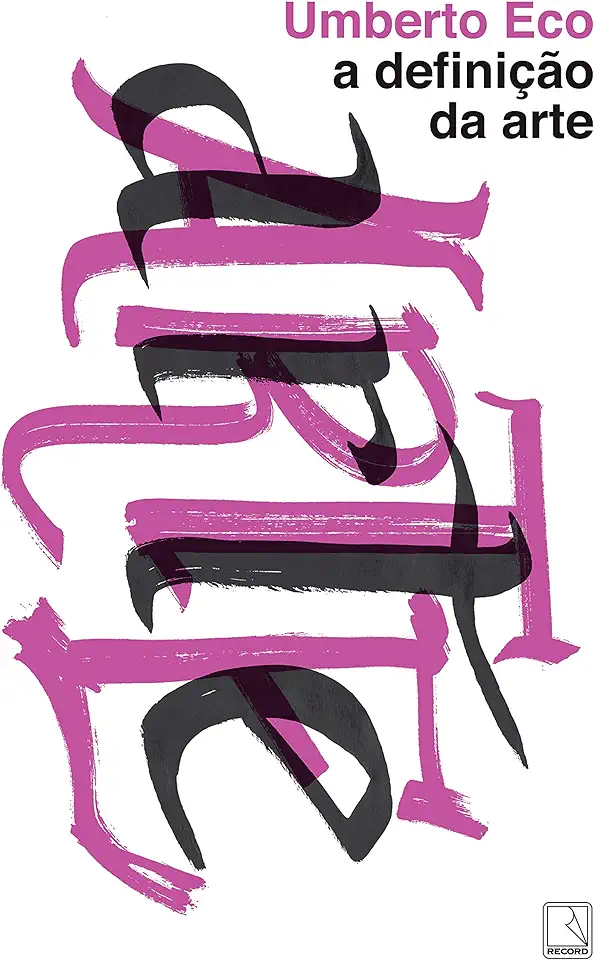
The Definition of Art - Umberto Eco
The Definition of Art: A Comprehensive Exploration by Umberto Eco
In his seminal work, "The Definition of Art," Umberto Eco embarks on an intellectual journey to unravel the complexities of defining art. With his characteristic erudition and wit, Eco delves into the philosophical, historical, and cultural dimensions of art, offering a multifaceted exploration that challenges conventional notions and invites readers to reconsider their understanding of what constitutes art.
A Journey Through the History of Art
Eco begins by tracing the evolution of the concept of art from its ancient origins to the present day. He examines the changing definitions and interpretations of art across different cultures and periods, highlighting the influence of social, political, and religious factors on the perception of artistic expression. Through this historical analysis, Eco demonstrates the fluidity and subjectivity of the concept of art, underscoring the fact that its definition is constantly evolving and contested.
The Nature of Artistic Experience
At the heart of Eco's exploration lies the question of what constitutes an artistic experience. He argues that art is not merely a product or an object, but rather a process of communication and interpretation. Eco emphasizes the role of the viewer or reader in the creation of meaning, suggesting that art is not simply a passive object to be consumed, but an active engagement between the artist and the audience.
The Boundaries of Art
One of the central themes in Eco's book is the ongoing debate about the boundaries of art. He examines the challenges posed by contemporary art forms, such as conceptual art and performance art, which often defy traditional notions of aesthetics and representation. Eco argues for an inclusive definition of art that encompasses a wide range of expressions, while also acknowledging the importance of critical evaluation and discernment.
Art and the Aesthetics of Reception
Eco introduces the concept of the "aesthetics of reception," which emphasizes the role of the audience in shaping the meaning and value of art. He argues that the interpretation of art is not a passive process, but rather an active engagement that involves the viewer's own experiences, knowledge, and cultural background. Eco's analysis highlights the dynamic relationship between the artist, the artwork, and the audience, and challenges the notion of a single, objective definition of art.
The Value of Art in Society
Eco concludes his exploration by reflecting on the value and significance of art in society. He argues that art is not merely a form of entertainment or decoration, but a vital force that contributes to human development, cultural enrichment, and social progress. Eco emphasizes the role of art in fostering critical thinking, imagination, and empathy, and underscores its importance as a means of expressing and understanding the human condition.
A Must-Read for Art Enthusiasts and Scholars
"The Definition of Art" is a thought-provoking and intellectually stimulating work that offers a comprehensive exploration of one of the most enduring and debated concepts in human history. With his profound insights and engaging writing style, Umberto Eco invites readers to embark on a journey of discovery, challenging their assumptions and deepening their understanding of the nature and significance of art. This book is a must-read for art enthusiasts, scholars, and anyone interested in the complexities of human creativity and expression.